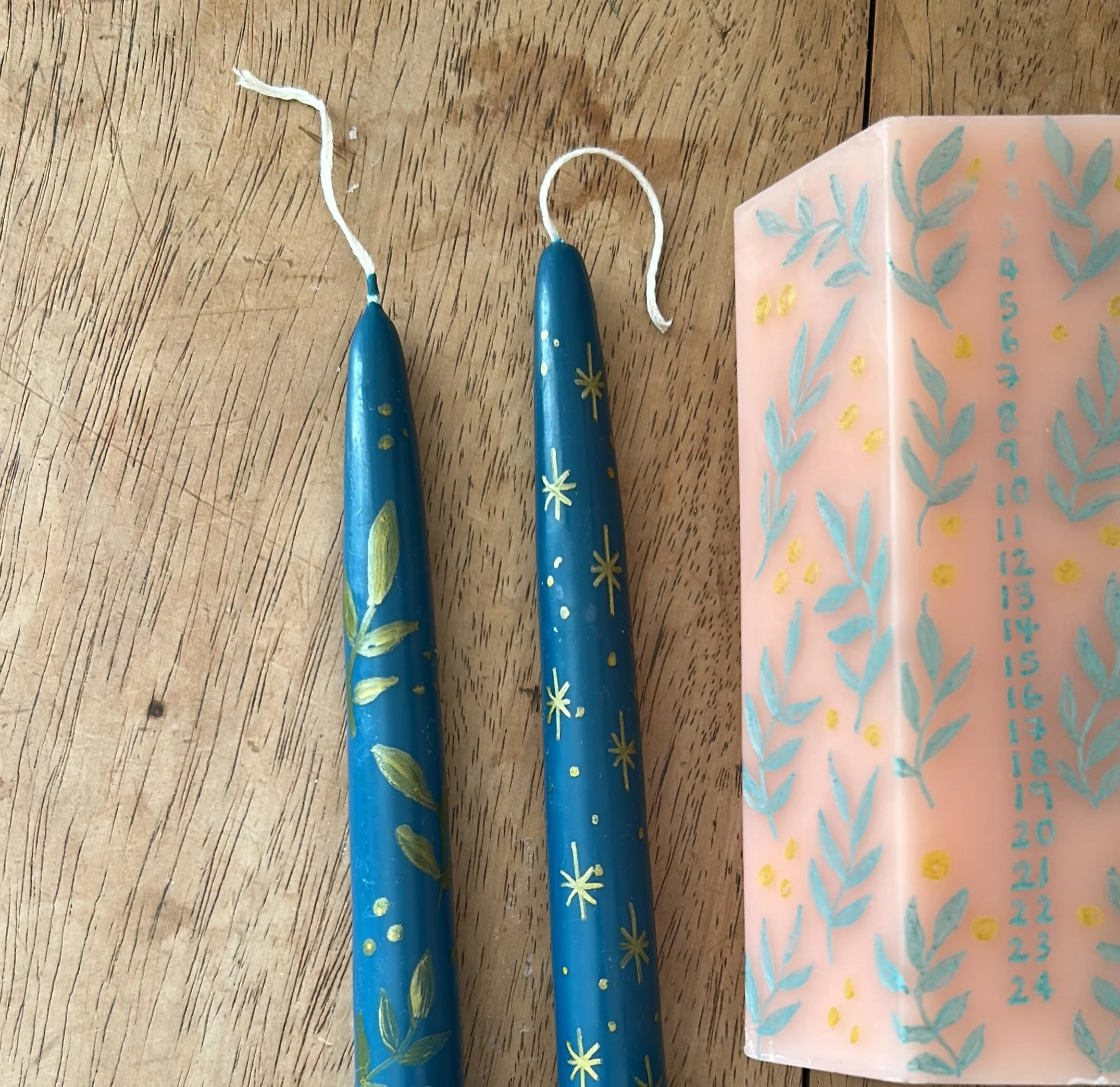Watching winter waves on a blustery beach is a surefire way to feel both calm and invigorated (and a little bit small in the universe). Let’s get to know them better.
Whether we’re jumping over them, trouser legs rolled up, or scuttling away from them up the beach, we all love a wave. If you’ve ever found yourself saying something like “Goodness! That’s a big splashy one!” and would like to sound like more of a Wave Afficionado, however, here are a few scientific Wave Terms you can employ. There won’t be a vocab test but they are rather fun.
Crest The high point of a wave
Trough The low point of a wave
Height The distance between crest and trough
Amplitude The distance from either the crest or the trough to the still water line
Attenuation A reduction in amplitude
Frequency The number of waves occurring at a single point in a given period of time
Period The time between swell crests
Fetch How far the wave has travelled
Swash The movement of a wave up the beach
Backwash The movement of a wave down the beach
Shoaling The change in wave height as the wave moves up the beach
If this has inspired you to take more coastal winter walks, you might like to read our feature, ‘A Shore Thing’ in our February issue, which is in shops now.
Buy this month's The Simple Things - buy, download or subscribe















